Engaging elementary students in hands on math activities is a fantastic way to foster a deeper understanding of mathematical concepts while making learning enjoyable.
These activities not only make math come alive but also encourage active participation and critical thinking.
By incorporating hands-on experiences, educators can create an enriching learning environment that sets a strong foundation for future mathematical success.
We will explore a variety of creative and effective hands on math activities for elementary students, ensuring that the learning process is both fun and educational.
Math Manipulative Creations: Building Geometric Shapes
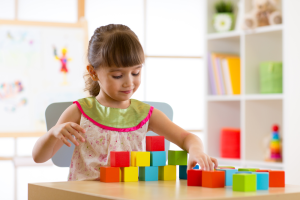
One exciting hands-on math activity for elementary students involves using math manipulatives like building blocks or interlocking cubes to create various geometric shapes. Start by introducing basic shapes like squares, rectangles, triangles, and circles. Then, challenge students to use the manipulatives to construct these shapes on their own. As they become more comfortable, encourage them to combine shapes to form more complex figures, such as making a hexagon from triangles or a parallelogram from rectangles. This activity not only reinforces shape recognition but also enhances spatial awareness and problem-solving skills.
Fraction Beach: Sandbox Exploration of Fractions
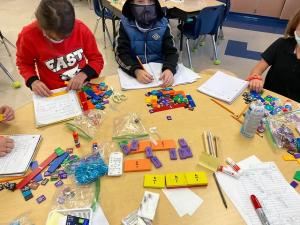
Create a tactile learning experience with a Fraction Beach activity. Fill a large sandbox with sand and divide it into sections representing different fractions. Students can use shovels, buckets, and other tools to manipulate the sand, creating visual representations of fractions. This hands-on approach offers a unique way for students to grasp the concept of fractions as parts of a whole.
Fraction Pizza Party: Understanding Fractions through Play
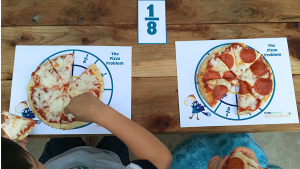
Fractions can be a challenging concept for elementary students to grasp, but a Fraction Pizza Party activity can make it more accessible and enjoyable. Provide students with circular paper cutouts resembling pizza slices. Ask them to divide the slice into different fractions, such as halves, thirds, and quarters, using markers or colored pencils. Then, they can decorate each slice to represent the fraction they’ve created. This hands-on approach allows students to visualize fractions and comprehend their relationship to a whole, transforming abstract ideas into tangible concepts.
Related: 20 Creative Math Door Decoration Ideas
Shape Hunt Scavenger Hunt: Exploring Geometry in the Environment
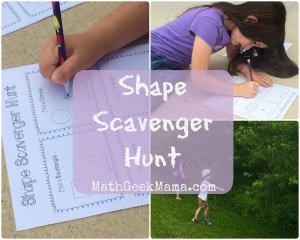
Take math learning beyond the classroom with a Shape Hunt Scavenger Hunt. This activity involves going outdoors or exploring different areas of the school to identify and categorize various shapes in the environment. Provide students with a list of shapes to find, such as squares, circles, rectangles, and triangles. They can document their discoveries by taking photos or drawing sketches of the objects they find. Not only does this activity reinforce shape recognition, but it also encourages students to see the relevance of math in their surroundings.
Money Math Market: Applying Real-life Math Skills
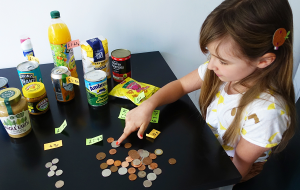
Teaching elementary students about money can be both practical and enjoyable through a Money Math Market activity. Set up a pretend market with various items labeled with price tags. Give students play money and have them shop for items, making calculations of their purchases and finding the total cost. This hands-on experience helps students understand the value of different coins and bills, as well as practice addition and subtraction in a real-world context. It also promotes financial literacy from an early age.
Measurement Olympics: Exploring Length, Weight, and Volume
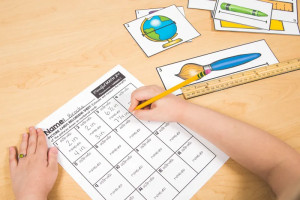
Host a Measurement Olympics to help elementary students grasp the concepts of length, weight, and volume in a playful way. Set up various stations where students can measure objects using rulers, scales, and measuring cups. They can compare the lengths of different items, weigh objects, and pour liquids into containers to understand volume. This activity not only enhances their measurement skills but also encourages them to apply mathematical reasoning to real-world scenarios.
Tangram Teasers: Puzzling with Shapes and Spatial Relationships
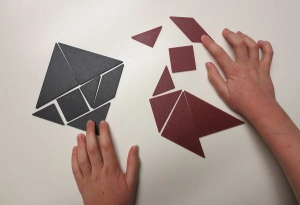
Tangrams are a fantastic tool to develop spatial reasoning and geometry skills in elementary students. Provide each student with a set of tangram pieces – seven flat shapes that can be combined to form various figures. Challenge students to recreate specific shapes, animals, or objects using the tangram pieces. This activity promotes critical thinking, problem-solving, and spatial visualization while engaging students in a creative puzzle-solving adventure.
Math Board Games: Learning Through Play
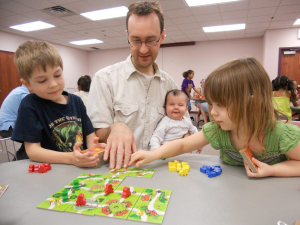
Engage elementary students in the world of board games that are designed to teach and reinforce mathematical concepts. Games like “Monopoly,” “Chutes and Ladders,” and “Uno” can be adapted to incorporate math challenges. Students roll dice, draw cards, or spin spinners, answering math questions or performing calculations as part of the game mechanics. This approach blends learning with leisure, making math more enjoyable and interactive.
Related: 20 Helpful Grief Activities for Elementary Students
Pattern Play: Unveiling the Magic of Patterns
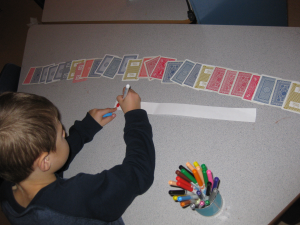
Patterns are everywhere, and the Pattern Play activity helps elementary students discover the magic behind them. Begin with simple patterns of colors, shapes, or numbers, and let students continue the sequence. Gradually increase the complexity of the patterns as they become more confident. This activity hones pattern recognition skills and lays the foundation for understanding more intricate mathematical concepts, such as algebraic patterns and sequences.
Geometry in Art: Creating Symmetrical Masterpieces
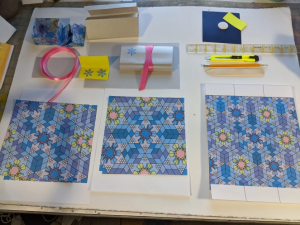
Merge math and art with the Geometry in Art activity, where students explore symmetry and geometric shapes to design their own masterpieces. Provide them with drawing materials and guide them to create symmetrical images by drawing on one side and reflecting the design on the other. This activity not only encourages creativity but also reinforces concepts like line symmetry and geometric transformations, showcasing the beautiful intersection of math and artistic expression.
Time Travel Adventure: Learning with Elapsed Time
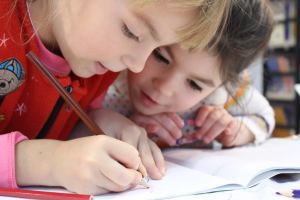
Help elementary students grasp the concept of elapsed time through a Time Travel Adventure. Present them with scenarios involving different start and end times, and ask them to calculate the duration in hours and minutes. You can use real-life scenarios like planning a day’s activities or calculating travel times between destinations. This activity strengthens students’ time-telling skills and develops their understanding of time intervals.
Math Storytelling: Numbers and Narratives

Combine math and literacy with the Math Storytelling activity, where students create their own mathematical stories. Encourage them to invent characters, settings, and situations that involve mathematical concepts. They can use addition, subtraction, multiplication, or division to solve problems within their stories. Sharing their stories not only nurtures their creative skills but also reinforces their understanding of mathematical operations in a meaningful context.
Math Puzzles and Riddles: Brain-Teasing Challenges
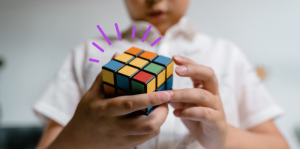
Engage elementary students’ critical thinking skills with Math Puzzles and Riddles. Provide them with age-appropriate puzzles that require logical reasoning and mathematical insights to solve. These puzzles can range from number sequences and logic puzzles to classic riddles with mathematical twists. The challenge of cracking these brain-teasers makes math enjoyable and encourages students to think outside the box.
Fractional Kitchen: Exploring Fractions in Cooking

Bringing fractions into the kitchen creates an interactive and delicious learning experience. Organize a Fractional Kitchen activity where students follow recipes and use measuring cups and spoons to prepare dishes. As they measure ingredients like flour, sugar, and liquids, they gain a tangible understanding of fractions in a practical context. This activity bridges the gap between abstract fractions and real-life applications.
Math Around the World: Exploring Cultural Numerical Systems
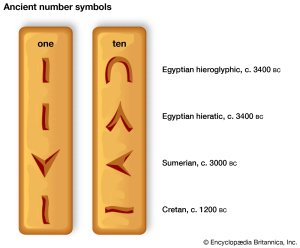
Expose elementary students to the diversity of numerical systems with the Math Around the World activity. Introduce them to various counting systems used in different cultures, such as Roman numerals or the Mayan number system. Allow them to explore these systems by representing numbers and performing basic calculations. This activity fosters cultural awareness while deepening students’ appreciation for the universality of mathematical principles.
Math Art Gallery: Graphing Coordinate Plane Creations
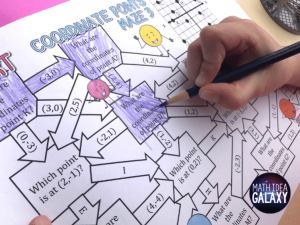
Transform the concept of graphing on a coordinate plane into an artistic endeavor with a Math Art Gallery activity. Provide students with a set of coordinates and guide them to plot points on graph paper. As they connect the dots, intricate designs and images will emerge. This activity allows students to explore the relationship between numbers, coordinates, and visual representations, enhancing their graphing skills in an engaging way.
Math Jeopardy: Interactive Review Game
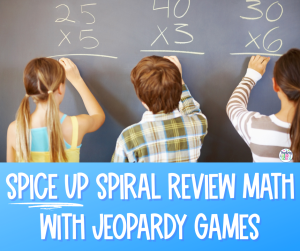
Elevate the excitement of reviewing math concepts by playing Math Jeopardy. Create a game board with different categories and point values related to the curriculum. Divide students into teams and take turns choosing questions from the board. Students must solve the presented problems within a specified time frame to earn points. Math Jeopardy not only reinforces learning but also promotes friendly competition and collaboration among students.
Math-Inspired Building: Exploring Geometry with Construction
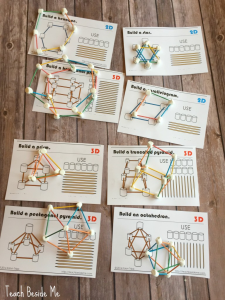
Combine engineering and mathematics with a Math-Inspired Building activity. Provide students with materials like toothpicks, marshmallows, or straws, and challenge them to create geometric shapes or structures using their imagination. This hands-on experience helps them understand concepts like angles, symmetry, and stability, all while fostering creativity and hands-on problem-solving skills.
Math Mysteries: Solving Interactive Math Whodunits
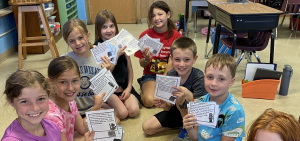
Engage elementary students in mathematical detective work with Math Mysteries. Present them with scenarios where they must solve mathematical clues to uncover the answers. These mysteries can involve a range of math topics, from solving equations to deciphering patterns. As students work through the clues, they not only sharpen their math skills but also enjoy the thrill of solving puzzles.
Math in Nature: Outdoor Exploration of Patterns and Shapes
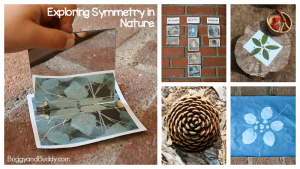
Nature is a treasure trove of mathematical inspiration. Take students on an outdoor exploration to discover Math in Nature. Observe patterns in leaves, petals, and seeds. Look for symmetry in butterfly wings or geometric shapes in rock formations. Encourage students to document their findings through sketches or photographs. This activity fosters a deeper connection between math and the world around us while encouraging curiosity and observation skills.
Related: 100 Fun Questions Of The Day for Elementary Students

